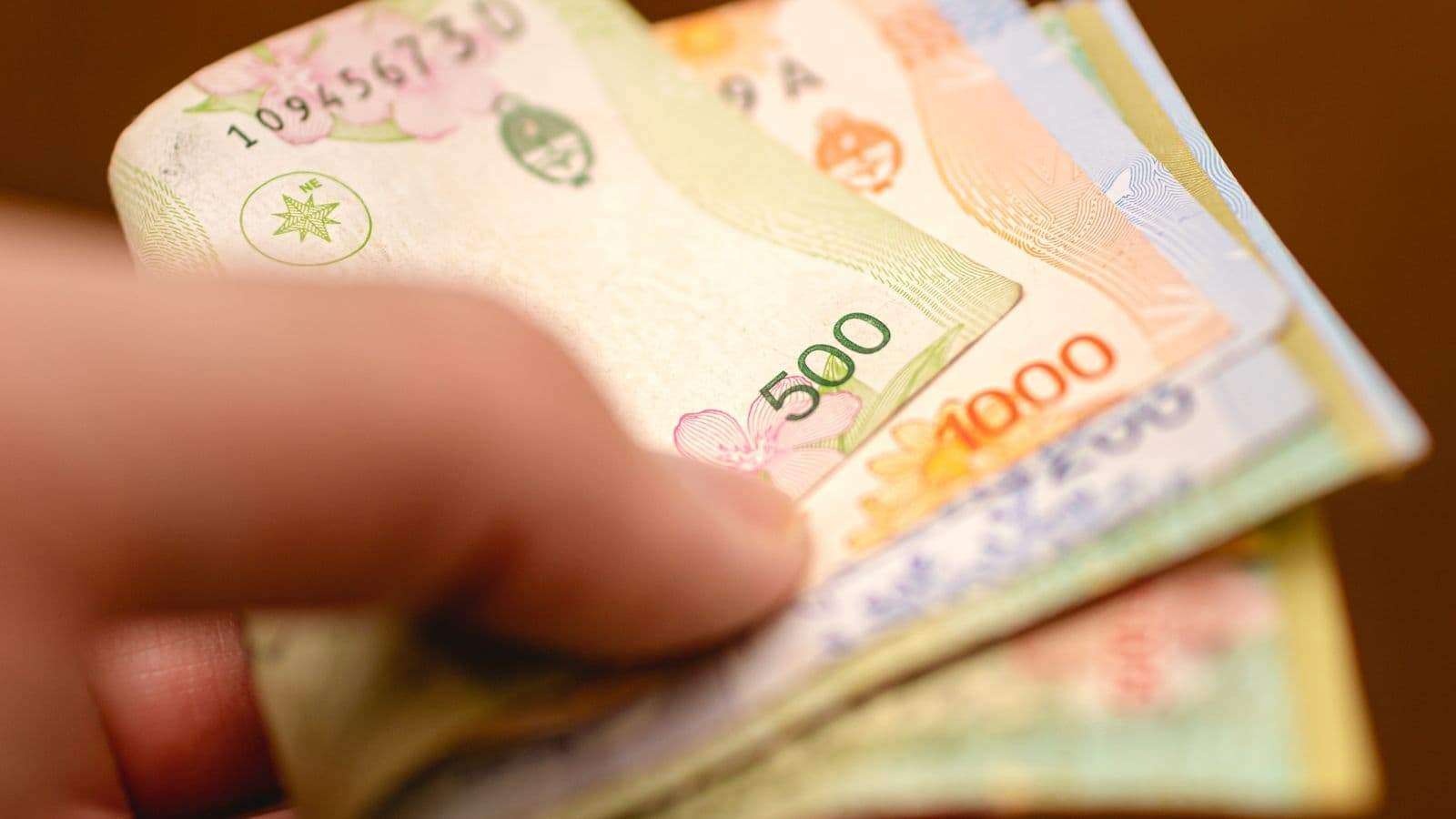Market participants are positioning themselves for a depreciation of the Argentine peso in anticipation of Milei’s impending agreement with the IMF. Investors are anticipating another potential devaluation of Argentina’s peso, as the currency appears ready to shift trajectory once again, having transitioned from one of the weakest in the world in 2023 to one of the strongest performers in the previous year.
Last week, the peso experienced a significant decline in futures markets following remarks from Economy Minister Luis Caputo, who indicated uncertainty regarding the size of a new program with the International Monetary Fund. Bloomberg News has suggested that this program could amount to approximately US$20 billion. During a recent television interview, Caputo refrained from making a definitive commitment to his currency policy, thereby allowing for the possibility of foreign exchange adjustments in the near future, despite his assertion that there will be no devaluation of the peso in conjunction with the forthcoming IMF agreement. In a recent address to Congress, President Javier Milei committed to removing all currency and capital controls by the end of this year. Caputo has reiterated this perspective, indicating that they will be phased out progressively as specific criteria are satisfied, including the restoration of the Central Bank’s foreign reserves.
Since March 13, projections for the official exchange rate at the end of April have deteriorated by 2.3 percent, increasing from 1,106 pesos per dollar to 1,132 pesos per dollar. The impact on the parallel market was more pronounced, as the peso depreciated by nearly five percent, reaching 1,294 per dollar. Increased strain on the exchange rate may obstruct Milei’s strategy of employing the “crawling peg” as a stabilizing mechanism to mitigate inflation during his inaugural year in office. His primary obstacle lies in circumventing a politically detrimental devaluation, particularly in the lead-up to the midterm elections in October.
“The government faces a challenge: it is constrained in its ability to disclose details about the agreement until it is officially announced,” stated Diego Chameides, chief economist at Banco Galicia in Buenos Aires, in reference to the impending IMF accord. “Should uncertainty continue and future rates stay elevated compared to peso instruments, the motivation to divest from dollars in favor of peso assets diminishes, potentially keeping the peso under strain.”Market participants adjusted their positions by favoring the dollar. The recent sell-off of peso assets, particularly inflation-linked bonds, has resulted in substantial losses for local investors. In a bid to stabilize the peso, Argentina’s Central Bank had to liquidate over US$1 billion in foreign currency reserves within a mere six-day period.
The upcoming debt auction, coinciding with the government’s impending debt maturities in pesos, may exacerbate the demand for dollars. The figure under consideration, 9.2 trillion pesos (equivalent to US$8.6 billion), represents one of the most substantial amounts observed in the past two years. “The government might need to issue short-term instruments and potentially contemplate a partial roll off of maturities,” stated Adrian Yarde Buller, chief economist at local brokerage Facimex Valores. The implicit devaluation in peso futures exceeds 60 percent annually for the shortest contracts. This indicates a rate of depreciation that is five times more rapid than the government’s existing trajectory.
Investors are anticipating a minor, one-off depreciation occurring between March and April, signaling a departure from the existing one-percent-per-month crawling peg. Subsequent to the October midterm vote, a more rapid rate of depreciation is anticipated, as indicated by futures contracts data from the Rofex market, as compiled by Bloomberg. Market participants anticipate a decrease in the official exchange rate from 1,070 to 1,132.5 pesos per dollar, representing an approximate six percent decline, by the end of April. Following this adjustment, the rate of depreciation is projected to stabilize at a monthly rate of two percent. Following the midterm elections, market expectations suggest an acceleration to a growth rate of three percent per month.
Caputo recognized that three essential criteria for the removal of the nation’s currency controls remain unmet. These include maintaining a robust level of foreign exchange reserves and ensuring that monthly inflation, which currently exceeds two percent, aligns with the one-percent crawling peg. The fluctuations in the peso have moderated to some extent following Congress’s endorsement of a government decree to advance the IMF agreement. Caputo also refuted on social media claims that the government had intervened in the futures market to alleviate the pressure.
Milei has implemented the crawling peg as a stabilizing mechanism against inflation from the outset of his administration in a nation where both producers and consumers typically denominate prices in dollars. Allowing the peso to devalue or float may undermine his initiatives to control inflation. Implementing a full float would pose significant challenges, as noted by Ricardo Arriazu, a prominent advocate for the government’s existing policies within the private-sector economic community. “When Argentina ceases to frame its economic considerations in terms of dollars, a floating exchange rate may represent the most advantageous system,” Arriazu remarked to a business audience this month. “However, this does not apply to Argentina in the current context.”
A devaluation akin to what the market anticipates would yield returns on dollar-denominated assets that are double those of any asset priced in pesos. Analysts perceive this dynamic as perilous, as it is likely to deter dollar holders from allocating their investments into peso-denominated instruments. The recent volatility in the peso has resulted in significant losses for investors who purchased peso contracts at exchange rates that were less favorable than Tuesday’s closing rate. Investors who purchased the peso contract set to expire at the end of March, representing one-third of the overall market volume, incurred losses amounting to US$18 million, as per data gathered by Bloomberg. “Numerous CFOs incurred significant costs for these hedges,” stated Mateo Reschini, senior onshore portfolio strategist at Inviu, during an interview. “In future discussions regarding devaluation, individuals are likely to reconsider their positions.”

